Y Clwb Pel Droed contributor Sion Jones weighs up the 3G argument in this thought piece for the site.
Following a recent statement from Flint Town United chairman, Darryl Williams, regarding the clubs application for a 3G pitch and a change in Welsh FA policy yet again the artificial playing field is a hot topic.
In Welsh football in particular, the 3G pitch has prevented the abandonment of many fixtures at competitive and recreational level and its introduction at numerous clubs have benefitted the teams who play on them and local communities alike.
Currently, in Holland, debate rages on regarding the safety of the rubber crumb used on the synthetic surface, with many clubs, including several sides who play in the Eredivisive, removing the surface from their facilities as a precautionary measure.
However, there is no evidence to suggest 3G surfaces are harmful. In fact, rubber crumb test results as per DEFRA (Department for Environment, Food and Rural Affairs) and the HSE (Health and Safety Executive) in the UK have have met the safety requirements.
As with any argument in football there is always two sides, and those for 3G surfaces have some strong points to make;
Increased playability
Regardless of the weather conditions matches are still being played. Pitches with poor drainage often waterlogged with seemingly any amount of rain. Just one example of this case would be The Rock. The home of Cefn Druids was previously a victim of waterlogging and the introduction of the 3G pitch has allowed winter fixtures to flow smoothly.
Durability
Reduced risk of injury due to the playing surface being even and relatively easy to maintain. Wet,muddy, or even frozen pitches can and do cause many injuries. Synthetic pitches won’t cut up or develop an uneven surface leading to more games being played and ultimately more revenue if pitch hire is available.
Consistency
A year round, level playing field, same standard of maintenance, regardless of weather conditions, could potentially lead to a more evenly balanced game. Different grounds currently using turf will rarely, if ever, present the same conditions.
Despite these points, there remains concerns about 3G for clubs and players alike.
Cost
To install an artificial pitch is costly. Now the Welsh FA has re-evaluated their financial support package to football clubs applying for a 3G pitch, the cost implications of installing 3G will greatly affect the majority of teams, and that’s before maintenance of the pitch is considered.
Experience
As beneficial as 3G is, there are stark contrasts to the real thing. Watching a team who play the majority of their games on a 3G pitch get drawn away in the cup to a lower league side and then have to play on a park field, usually makes for an interesting encounter!
Teams who play on 3G don’t tend to ‘go to ground’ as much either, which leads to the next point.
Potential risks
There are potential risks involved with playing on 3G. While unproven, some believe it to be a cause of injuries and recently a rugby team in South Wales suffered burns after playing on a 3G pitch. Thankfully there are no reports of similar burn incidents in footballers.
The debate on 3G will rage on, and although there are serious concerns regarding some aspects of the new surface, there is little doubt it has helped develop Welsh football from the bottom to the top.

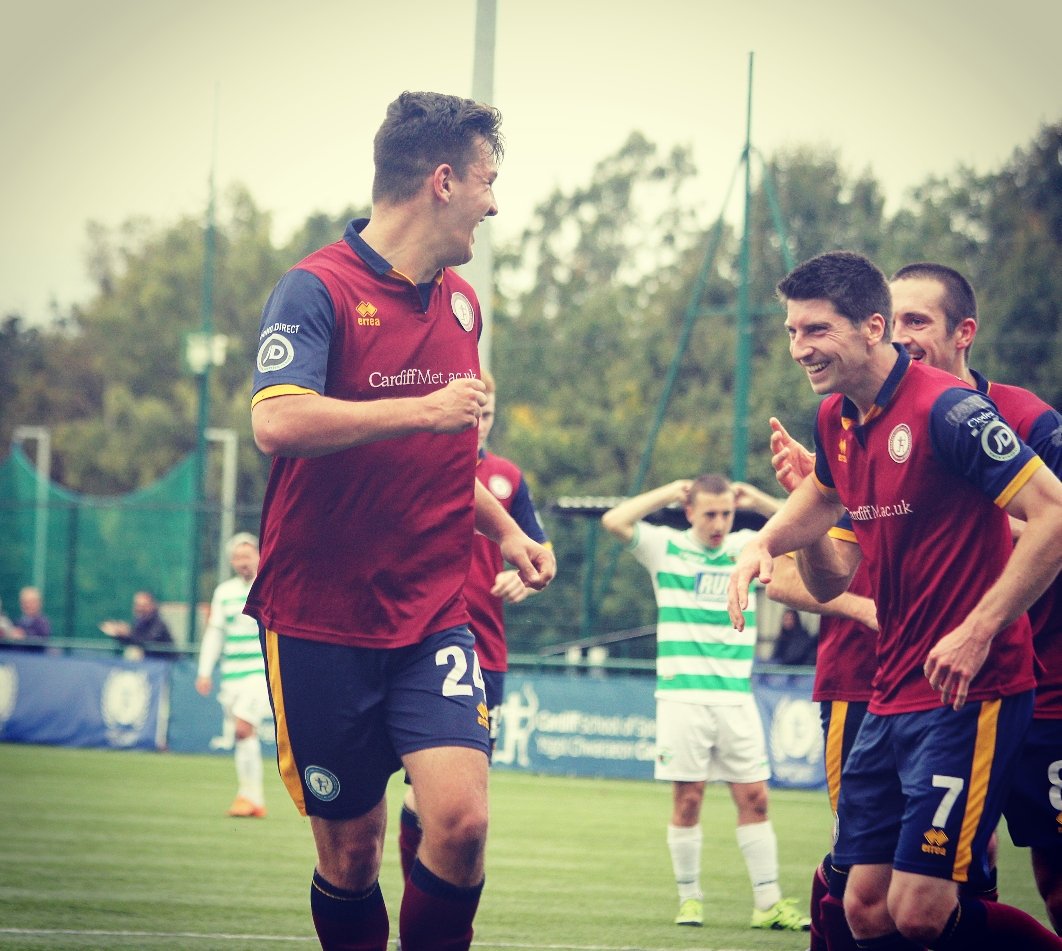


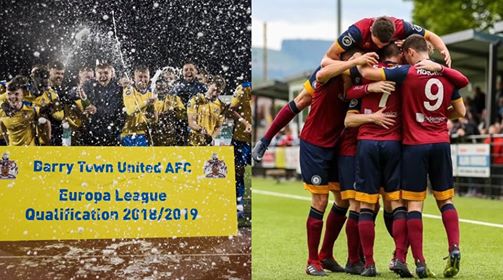

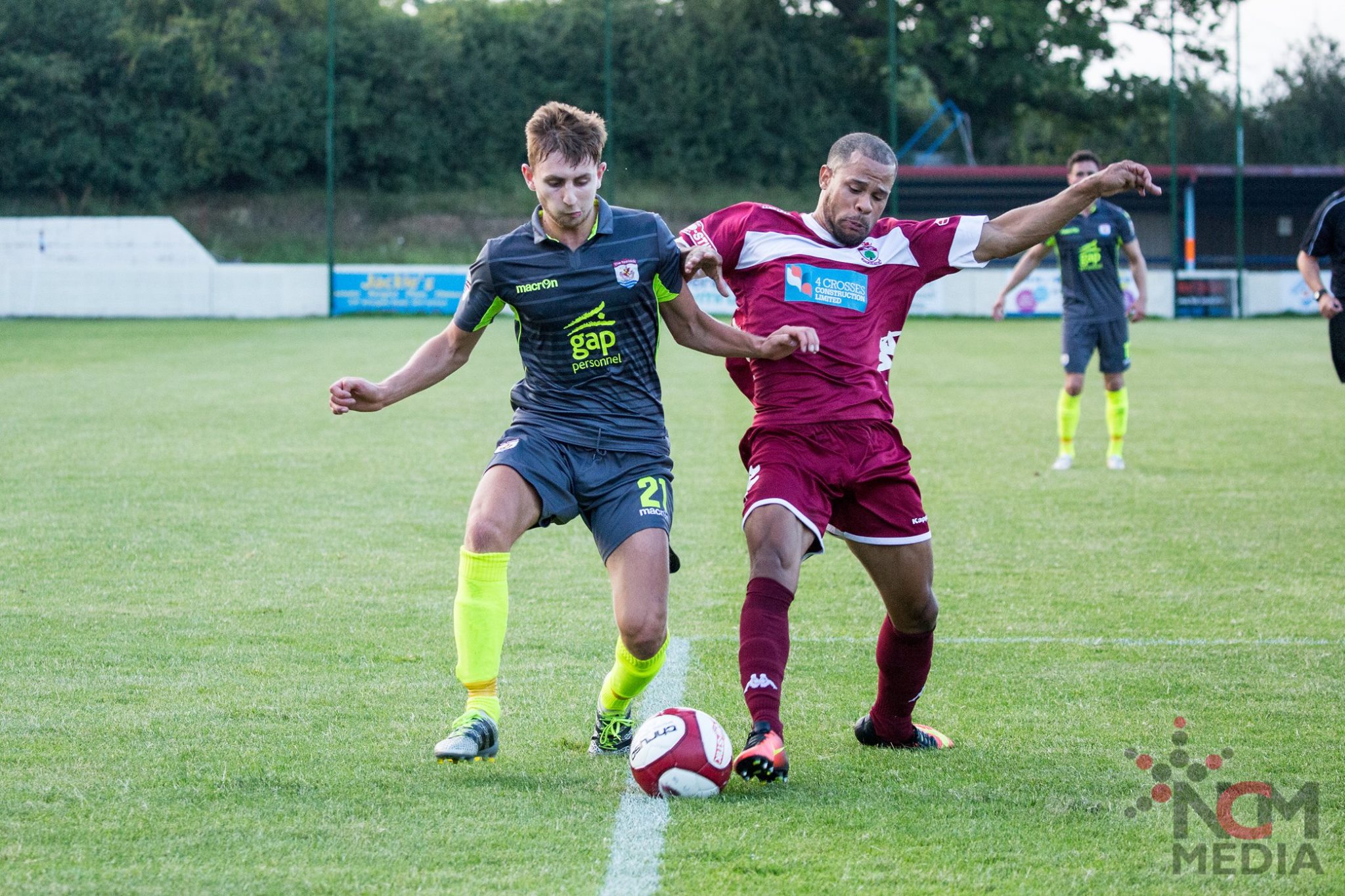
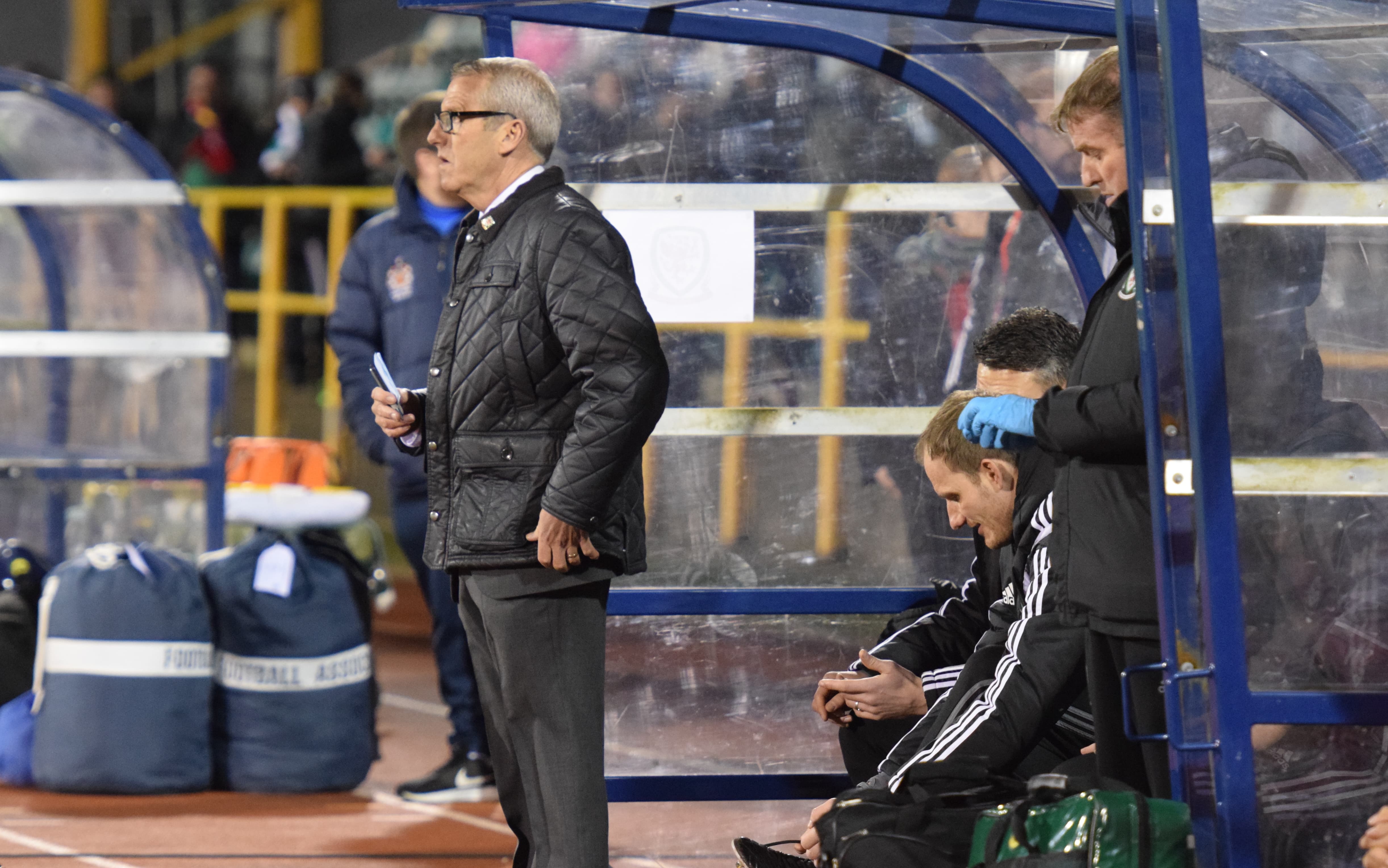
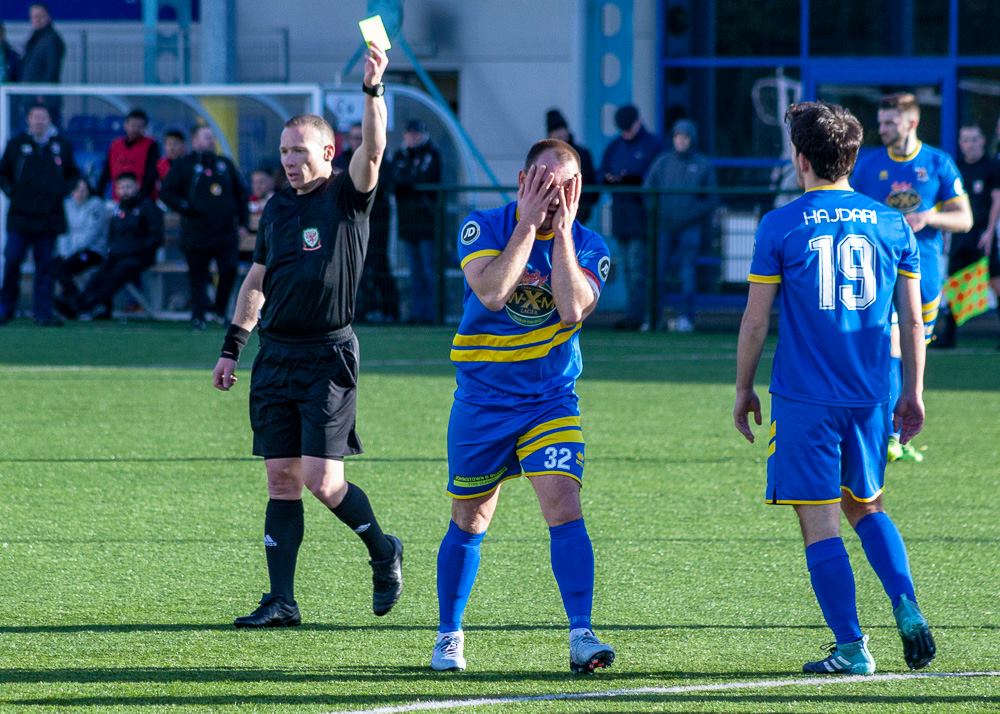
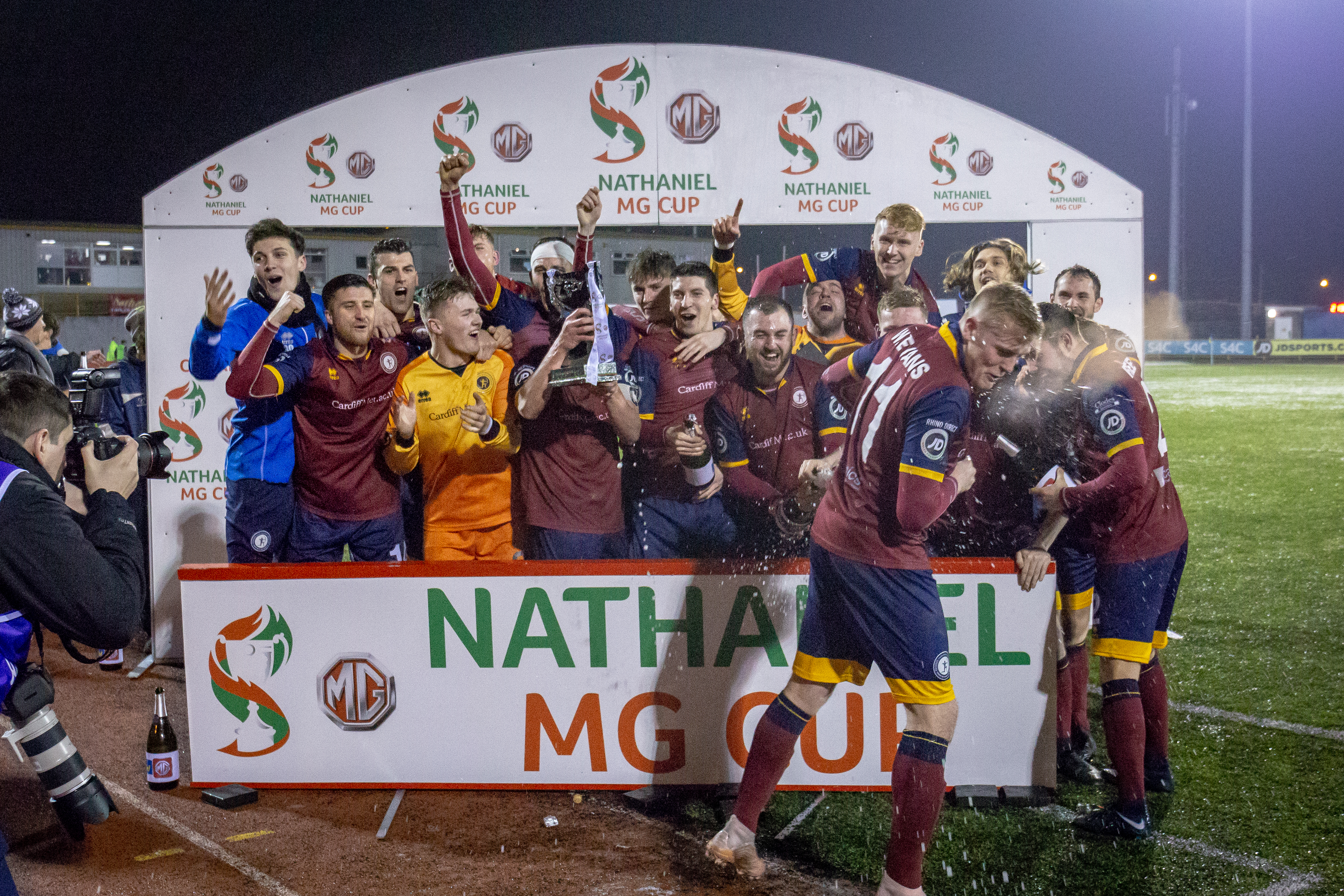
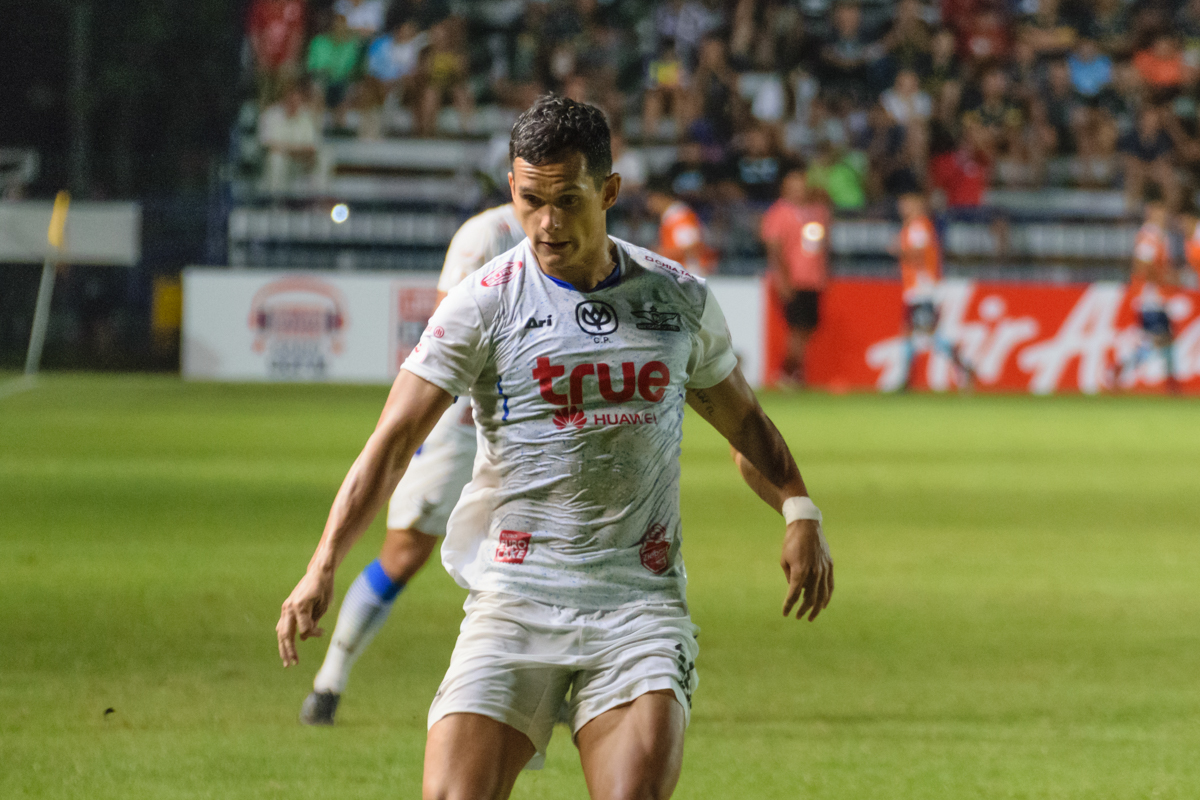

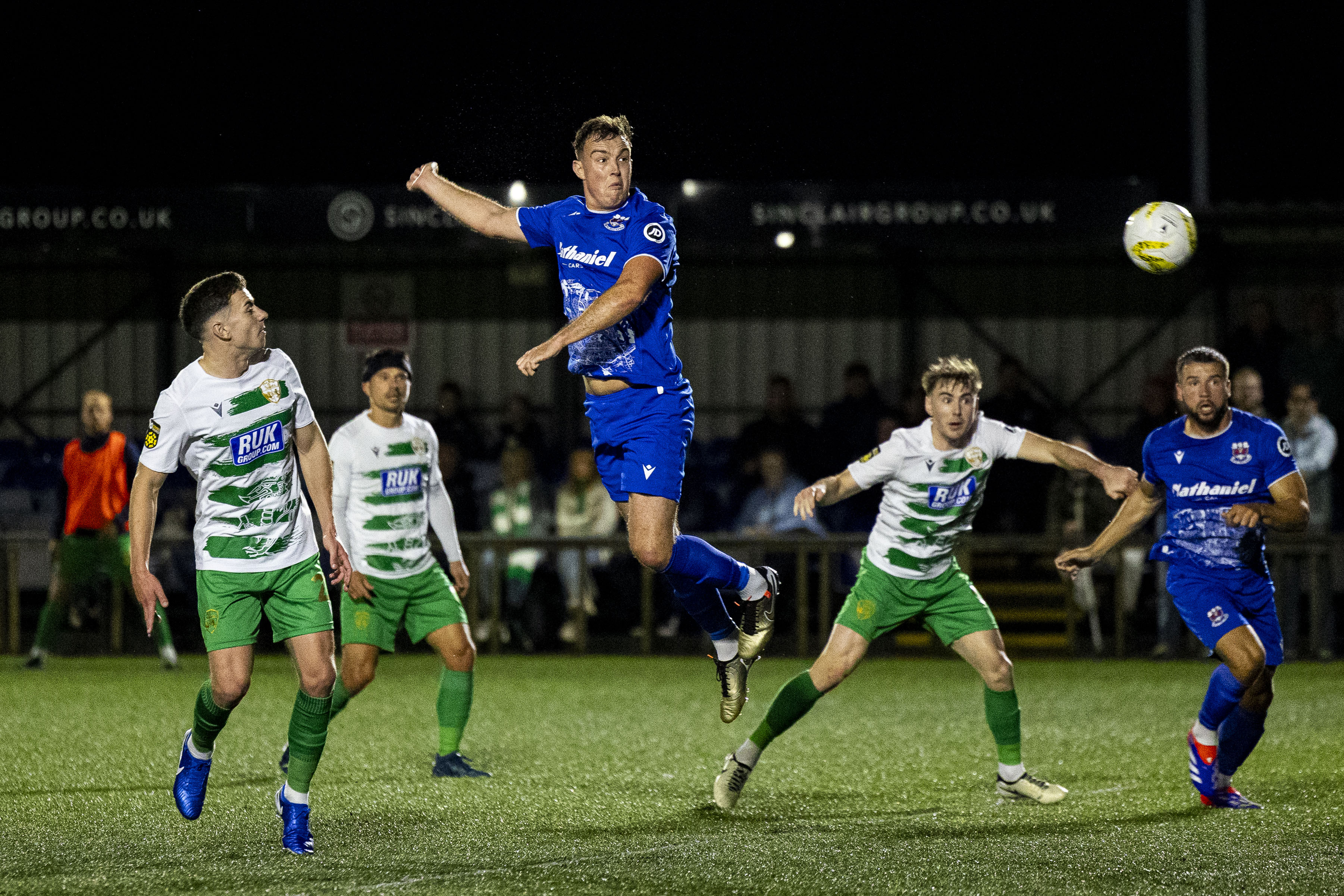
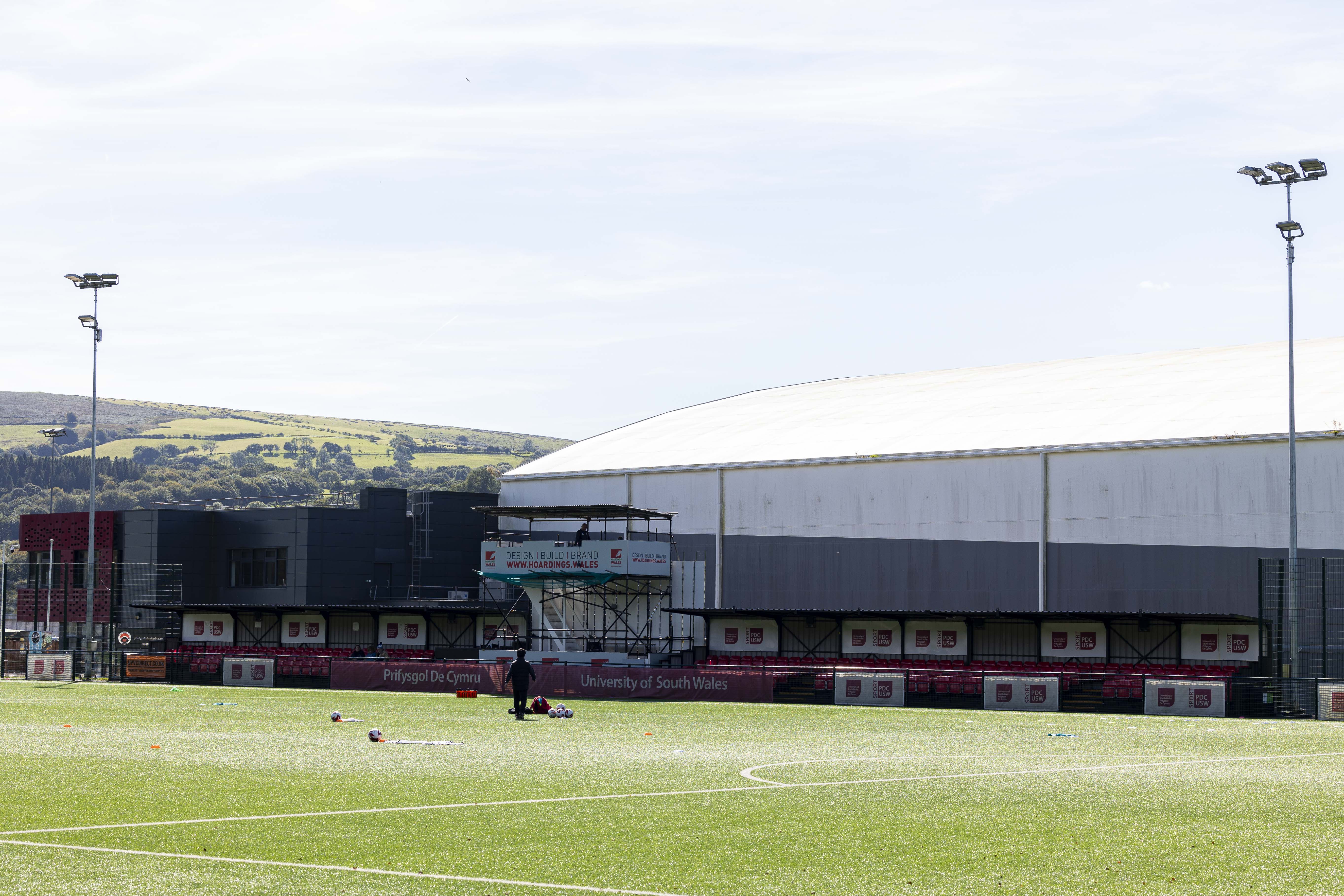
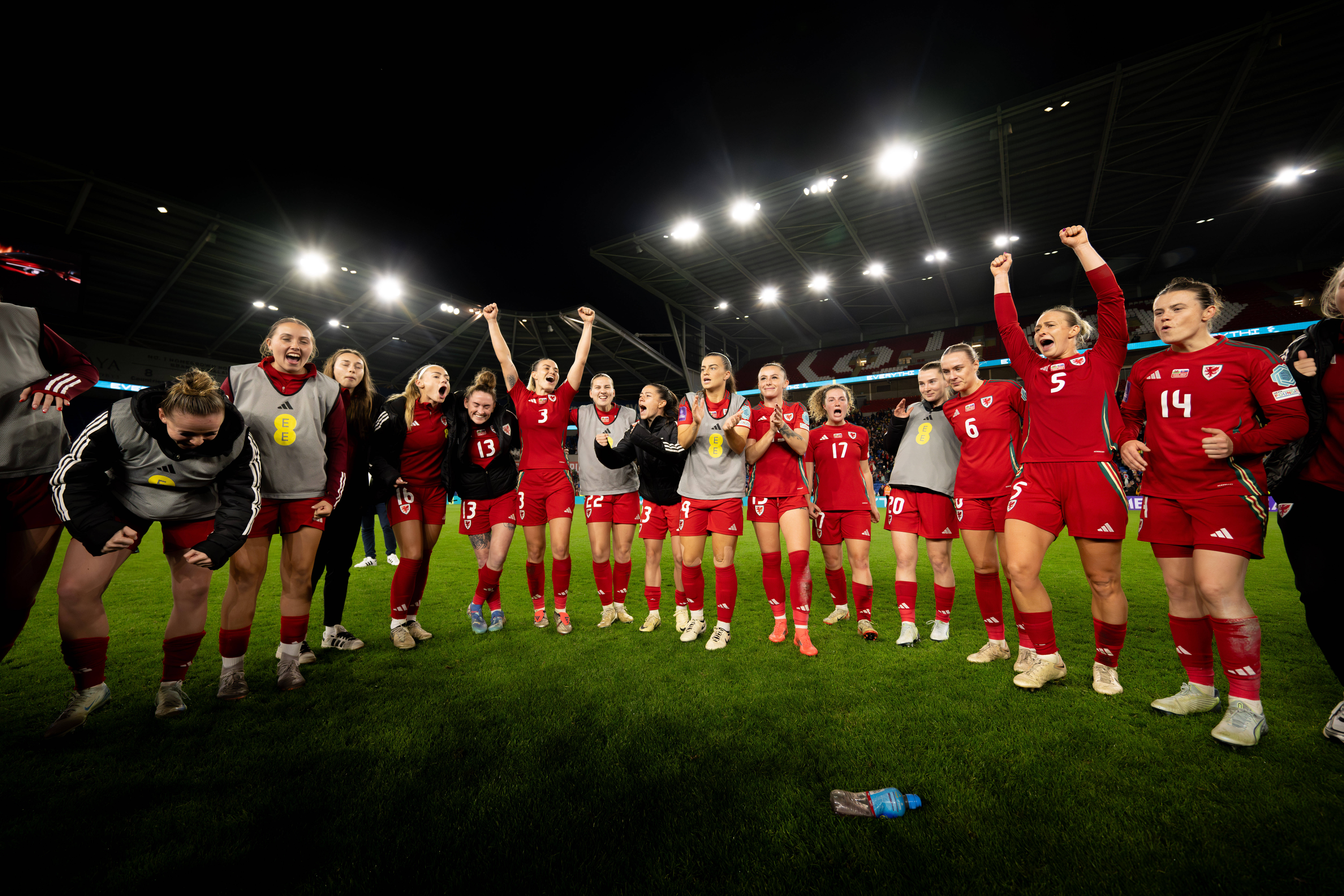
Leave a Reply